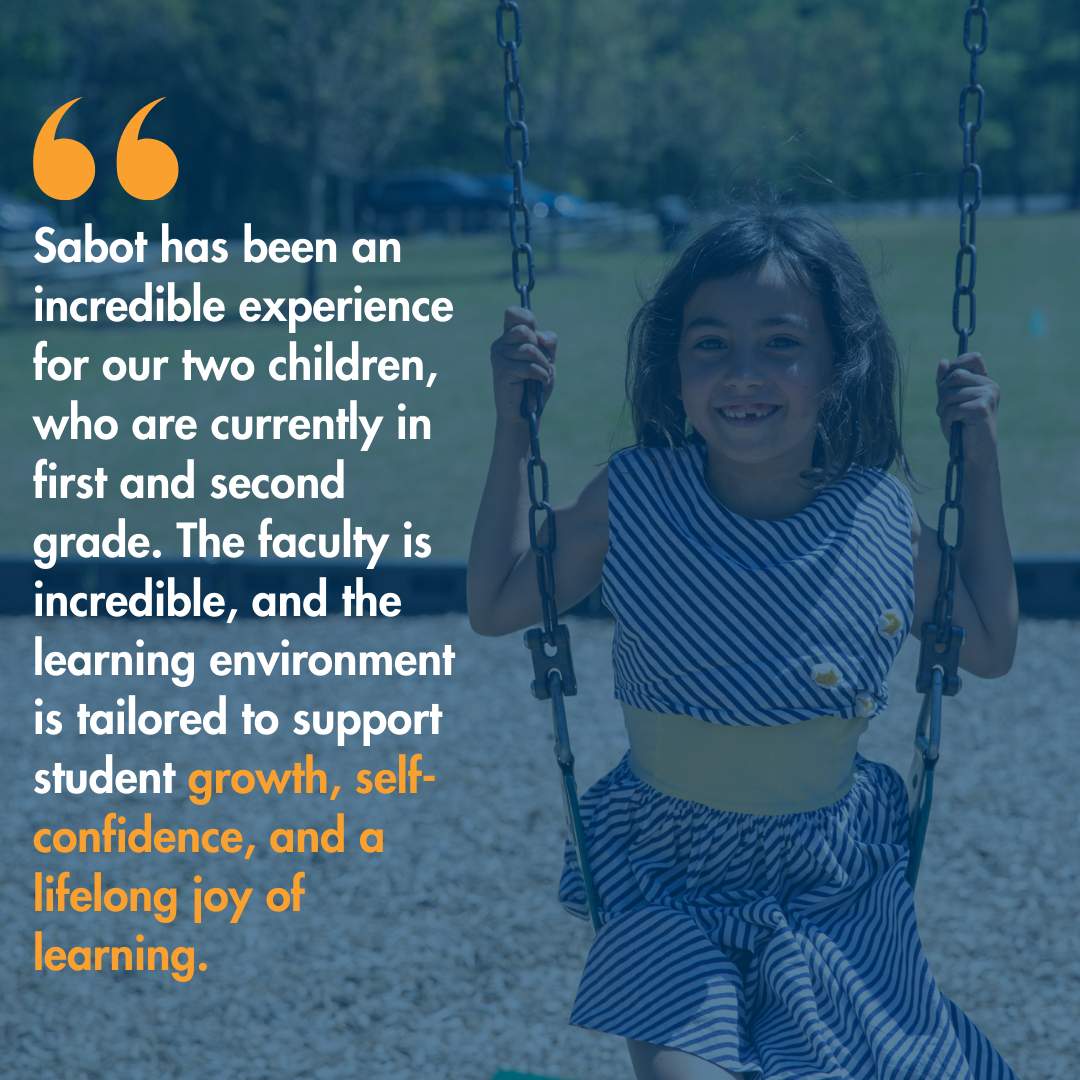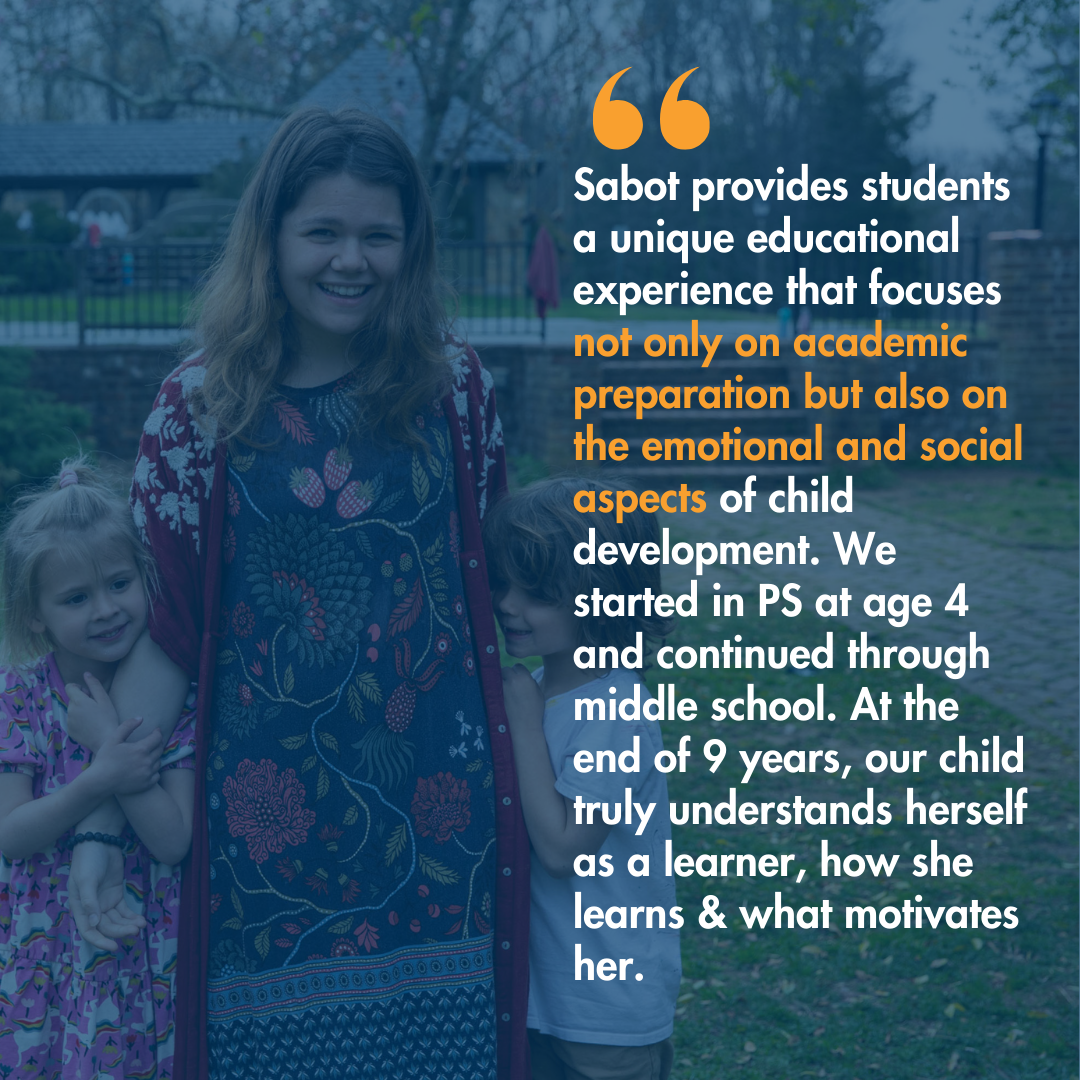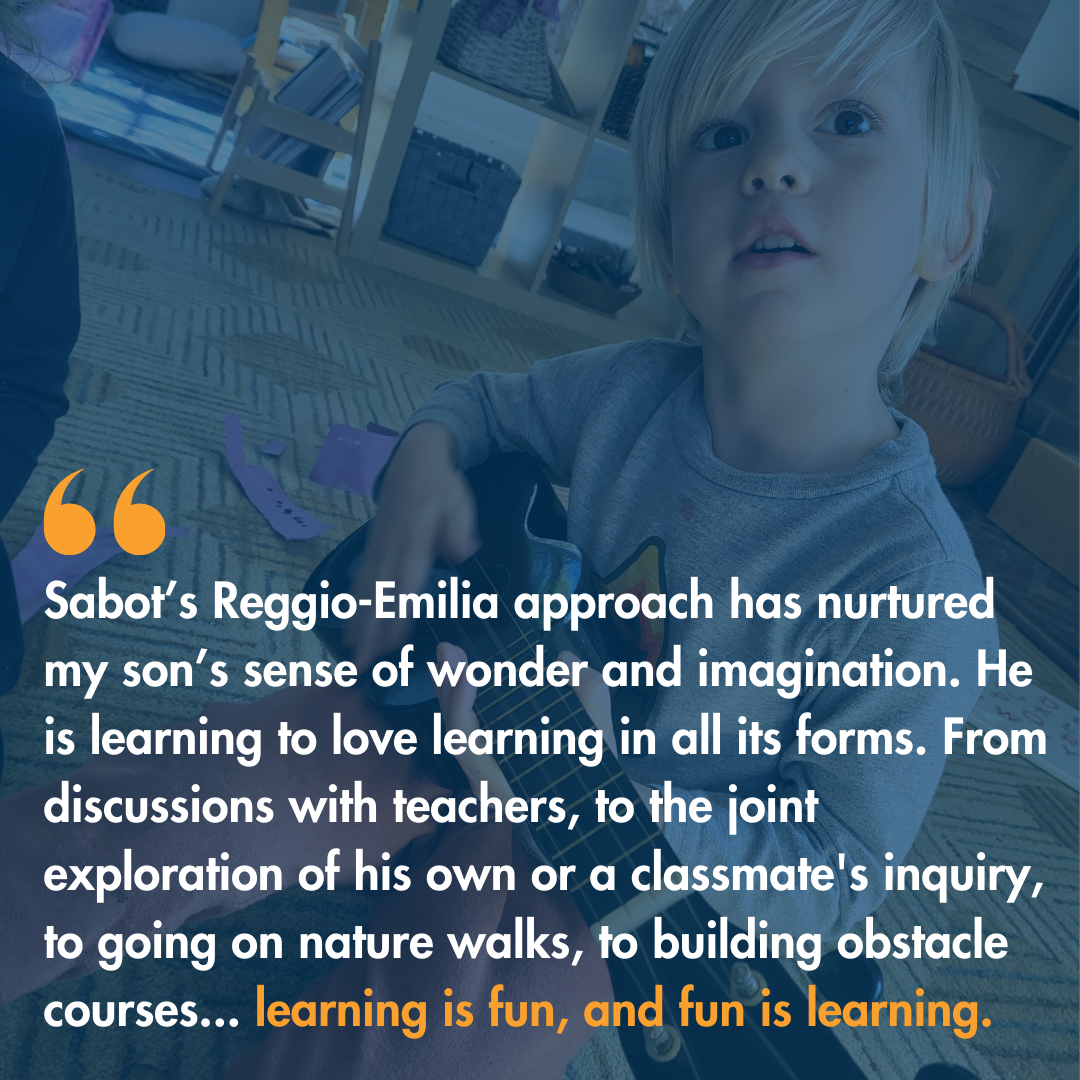Kindergarten - Grade 4 at Sabot
What makes our Kindergarten - Grade 4 program different?
In Kindergarten - Grade 4, the joy of learning is at the heart of what we do. Children arrive eager each day because they know their ideas are valued, their voices heard, and their questions worth exploring. Through hands-on investigations, collaborative projects, and time spent outdoors, students engage in meaningful work that builds confidence, resilience, and a love of learning.
Our teachers strike a balance between emergent and standards-based curricula, using provocations to deepen inquiry and introduce essential topics. Whether solving real-world problems together or exploring the natural world outdoors, our students learn to think critically, persevere through challenges, and embrace learning as a lifelong adventure. The forest plays an important role in this balance. It’s a space where play, exploration, and imagination foster creativity and problem-solving, while also allowing students to engage in scientific inquiry, build mathematical reasoning, and investigate social studies topics.
Our goal is to meet students where they are and challenge them to stretch their thinking, ensuring they reach academic milestones in a way that aligns with their individual learning paths.
Sabot is accepting Kindergarten - Grade 8 applications for the 2025-2026 school year.
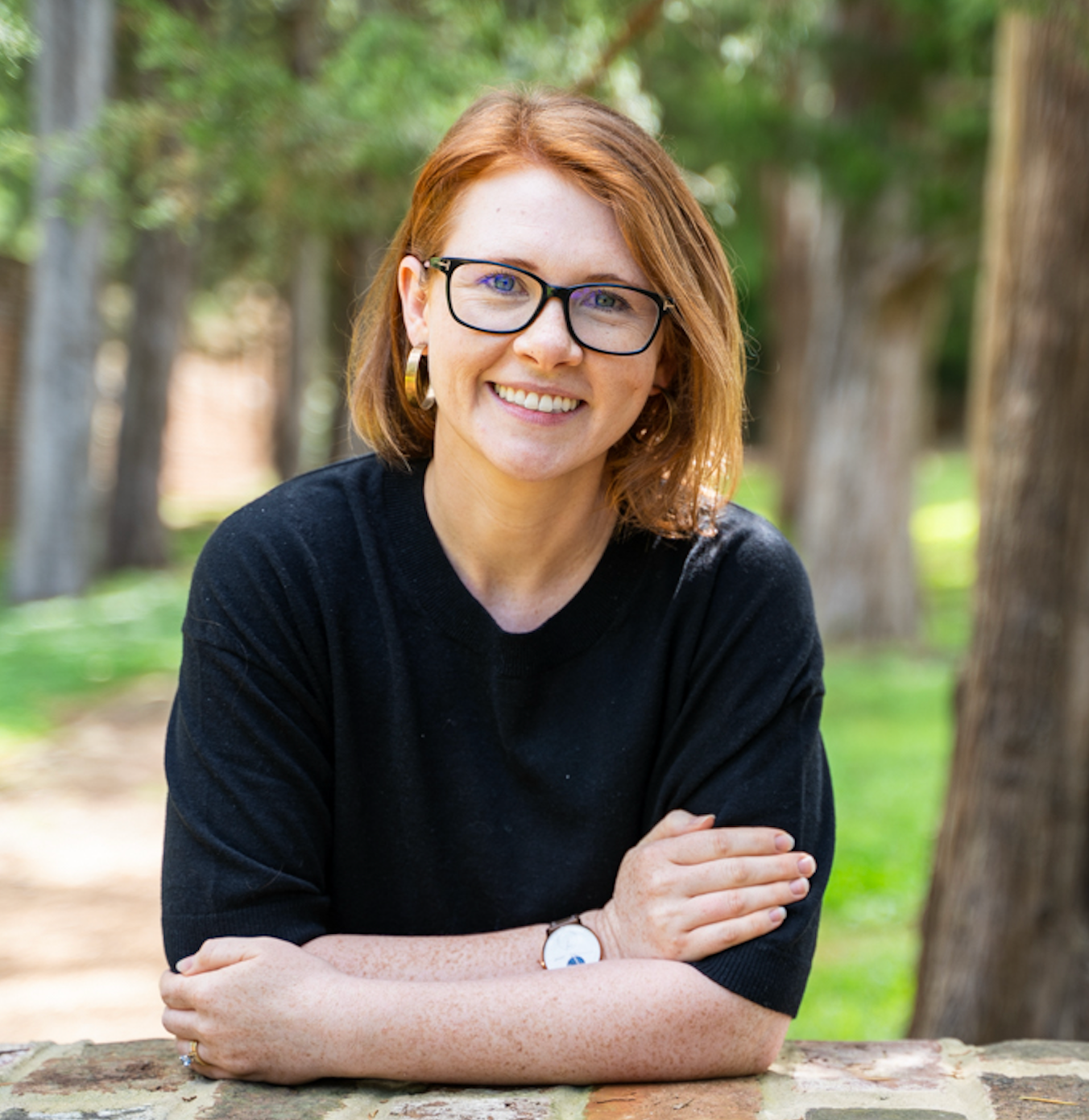
Meet Aja, K-4 Program Director
Aja Jones began her educational journey at an independent Reggio-inspired school in Charlottesville, Virginia. The Reggio Emilia Approach® shaped Aja’s educational philosophy, placing value on student driven learning, a connection with nature, and process over product.
After obtaining her Masters of Teaching from the University of Virginia, Aja spent the next eight years serving in public schools as a lower elementary school teacher and teacher leader. During this time, she achieved her National Board Certification for Early Childhood Education and a Masters in Education for Administration and Supervision from the University of Virginia.
Aja joined Sabot in 2022, enthusiastic to return to a Reggio Emilia setting and its powerful impact on students’ development and growth.
The Reggio Emilia Approach in Kindergarten - Grade 4:
Balancing Student-Led Learning and Academic Benchmarks
At Sabot, we believe children learn best when they actively engage in the process—posing questions, making connections, and constructing their own understanding. Using the Reggio Emilia Approach, we blend student-led learning with academic benchmarks to create an environment where students see themselves as readers, authors, scientists, historians, experts, researchers, and drivers of their own learning journey.
Research-based and developmentally appropriate practices guide our approach. Rather than adhering to a rigid curriculum, teachers adapt instruction to meet students' strengths, curiosities, and needs. Students engage in hands-on investigations, collaborate with peers to solve problems, and apply their learning in authentic ways. This means students are not just memorizing facts—they are actively constructing knowledge in a way that is meaningful and engaging, connecting academic content to real-world contexts, while also mastering the essential academic content required at their grade level.
Outdoor exploration is an integral part of this process. The forest, as a natural extension of the classroom, provides a space for exploration, risk-taking, and imaginative play, but it also serves as a natural extension of the classroom, where students engage in scientific inquiry, mathematical reasoning, and social studies investigations. Learning is both structured and flexible, with teachers carefully guiding students toward academic milestones while making space for their ideas, questions, and discoveries.
What Does This Look Like in the Classroom?
What sets our approach apart is not only what students learn, but how they learn it. Students lead their own learning, guided by teachers who observe and respond to their interests. The process begins with a provocation—an open-ended question, material, or experience designed to spark curiosity. From there, students explore topics deeply, asking questions, investigating, and applying their findings in hands-on ways.
Teachers act as guides, pushing students to think critically, explore further, and connect what they learn to real-world situations. This personalized, inquiry-based approach makes learning engaging and meaningful. Assessment is ongoing and reflective. Students track their progress through portfolios, documenting their work, thoughts, and growth. Teachers use regular progress checks and formative assessments to understand each student's development, helping guide and celebrate their journey.
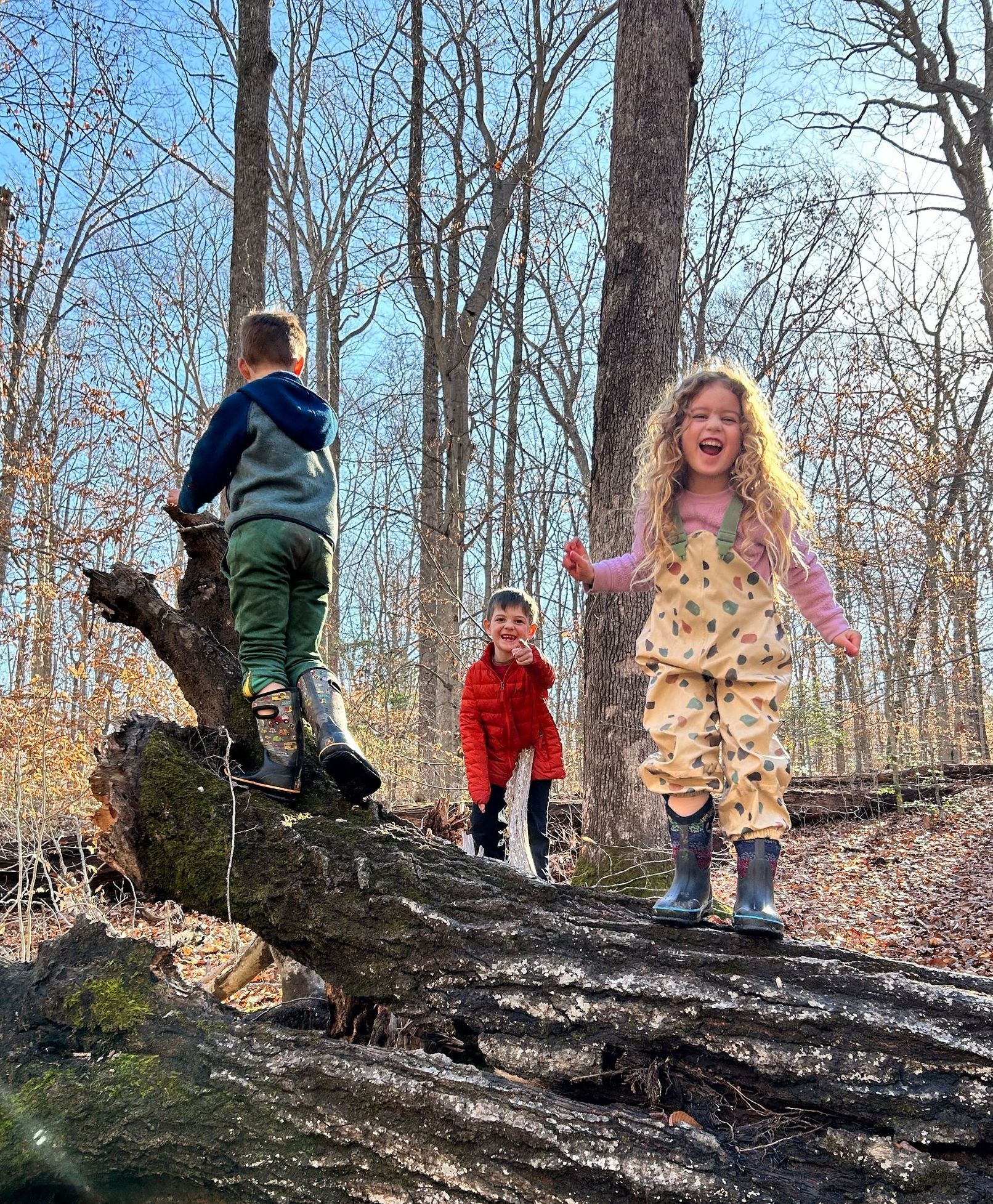
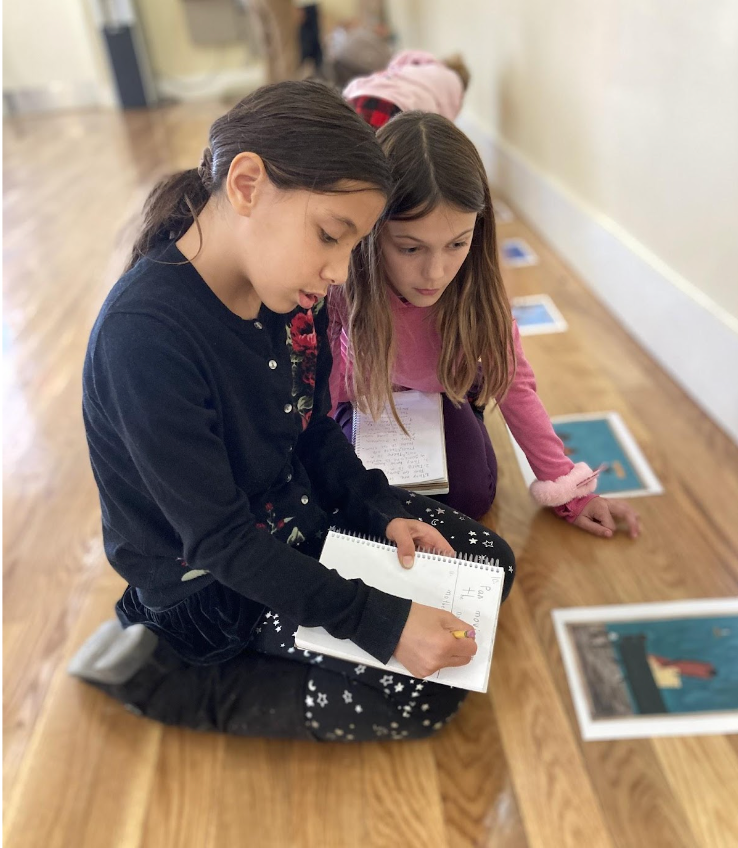
Math Curriculum Overview: Thinking As a Mathematician
The K-4 math curriculum is designed to develop both conceptual understanding and fluency. We use the Everyday Math curriculum, which incorporates regular Number Talks, hands-on learning, and problem-solving activities. Instruction emphasizes understanding the "whys" and "hows" of math, rather than just memorization. The curriculum aligns with Common Core standards and is assessed through beginning, middle, and end-of-year assessments, as well as ongoing progress monitoring in grades 1-4. Our goal is to foster confident problem solvers who apply mathematical thinking to real-world contexts.
Some Big Ideas by Grade Level
Kindergarten
- Develop counting skills, including skip counting
- Solve addition and subtraction problems within 20, represented with equations
- Identify and describe basic geometric shapes
- Measure using nonstandard units
- Tell time by the hour and recognize coins and their values
Grade 1
- Build place value understanding to solve problems
- Develop fluency with addition and subtraction within 20 and beyond
- Solve math story problems with addition and subtraction
- Measure and compare objects using standard units
- Tell time on both digital and analog clocks (half hour)
Grade 2
- Use place value to skip count, read, write, and compare numbers
- Begin learning multiplication using skip counting and pictorial models
- Solve story problems involving time, money, and measurement
- Understand shapes, fractions, and perimeter
- Build fluency in addition and subtraction within 1000
Grade 3
- Solve multiplication and division problems within 100 using multiple strategies
- Measure time, length, volume, and mass, applying this knowledge to story problems
- Identify and apply patterns to solve mathematical problems
- Solve multi-step story problems
- Develop fluency in addition and subtraction within 1000 and beyond
Literacy Curriculum Overview: Thinking As a Reader & Author
In K-4, the literacy curriculum is designed to develop both reading and writing skills, creating confident readers and authors. We use a combination of Story Workshop, Handwriting Without Tears, and Units of Study in Writing to foster a love of writing, while UFLI and Words Their Way guide phonological awareness and phonics instruction. The curriculum is aligned with Common Core standards, with yearly learning benchmarks and ongoing assessments. Instruction focuses on building a strong foundation in literacy, with an emphasis on comprehension, fluency, and the ability to communicate through both oral and written expression.
Some Big Ideas by Grade Level
Kindergarten
- Learn letter identification, sounds, and formation
- Develop rhyming skills and phonological awareness
- Demonstrate comprehension of fiction and nonfiction texts
- Create stories through drawings, oral dictation, and written words
- Segment and blend sounds to build reading and writing skills
Grade 1
- Apply segmentation and blending of sounds to reading and writing
- Build fluency with letter patterns and sight words
- Demonstrate comprehension through connections, comparisons, and questions
- Build accuracy and fluency while reading first-grade books
- Engage in independent writing projects, including fiction and nonfiction
Grade 2
- Apply independent strategies to reading and writing
- Continue learning spelling patterns, including roots and affixes
- Demonstrate comprehension of fiction and nonfiction through written responses
- Select writing topics to create extended pieces using mentor texts
- Collaborate with peers to edit and revise writing
Grade 3
- Continue applying reading and writing strategies, including roots and affixes
- Think critically about texts in books and class read-alouds
- Write extended pieces across genres, keeping the reader in mind
- Self-monitor and self-correct while reading
- Contribute to classroom discussions, responding to others' ideas clearly



